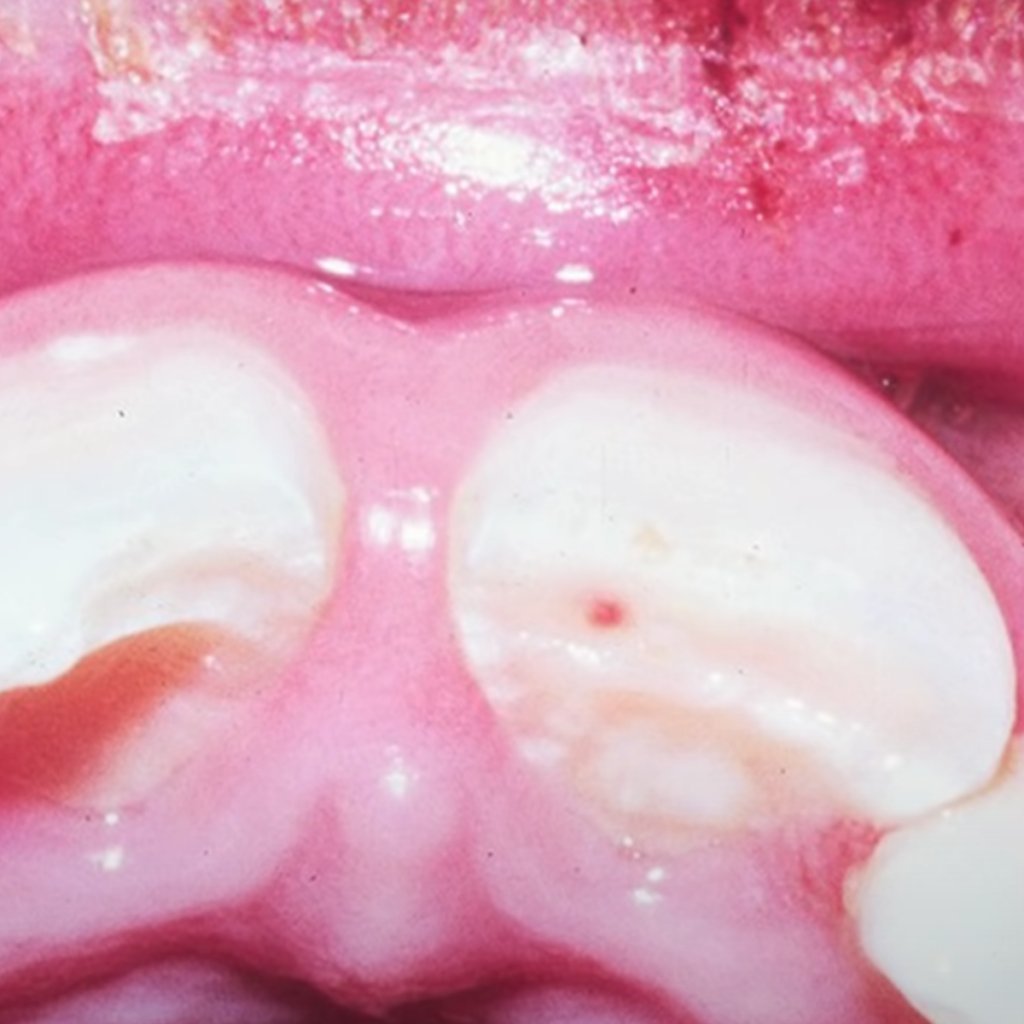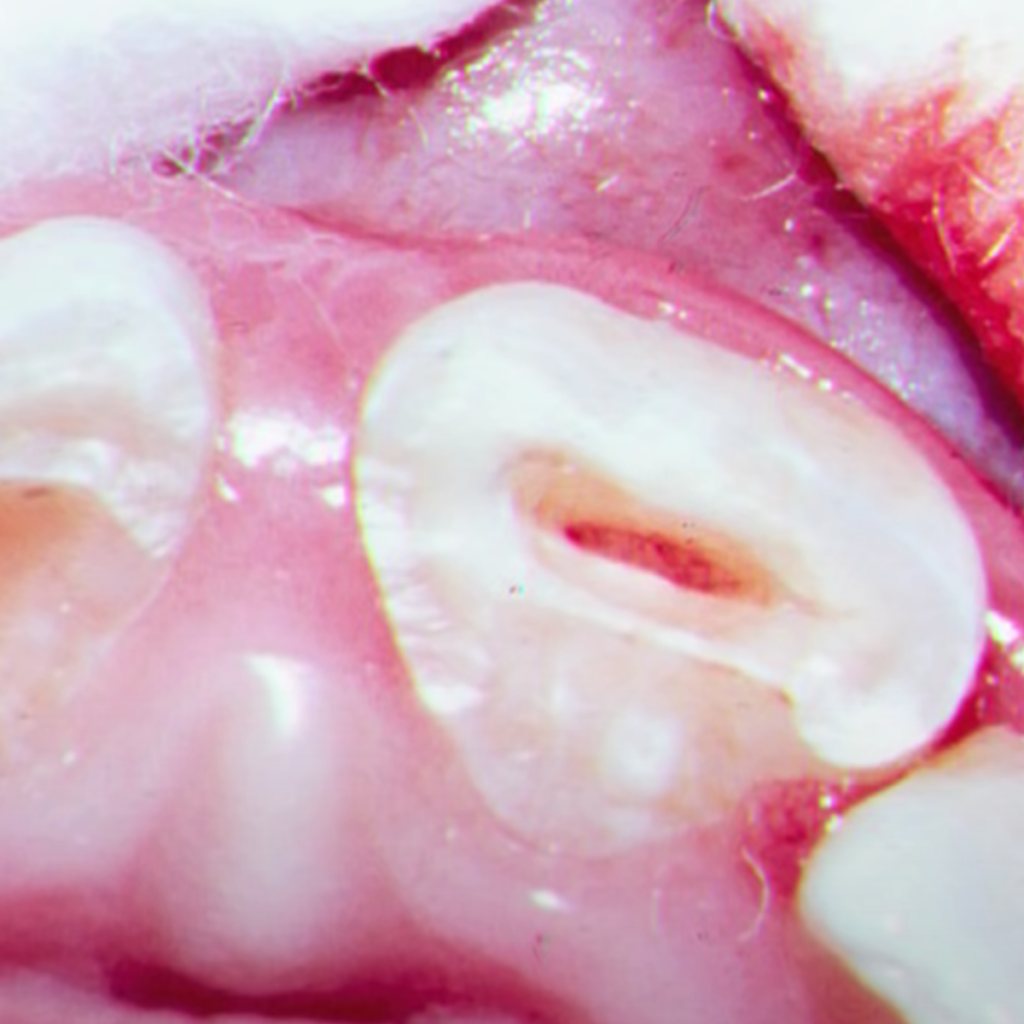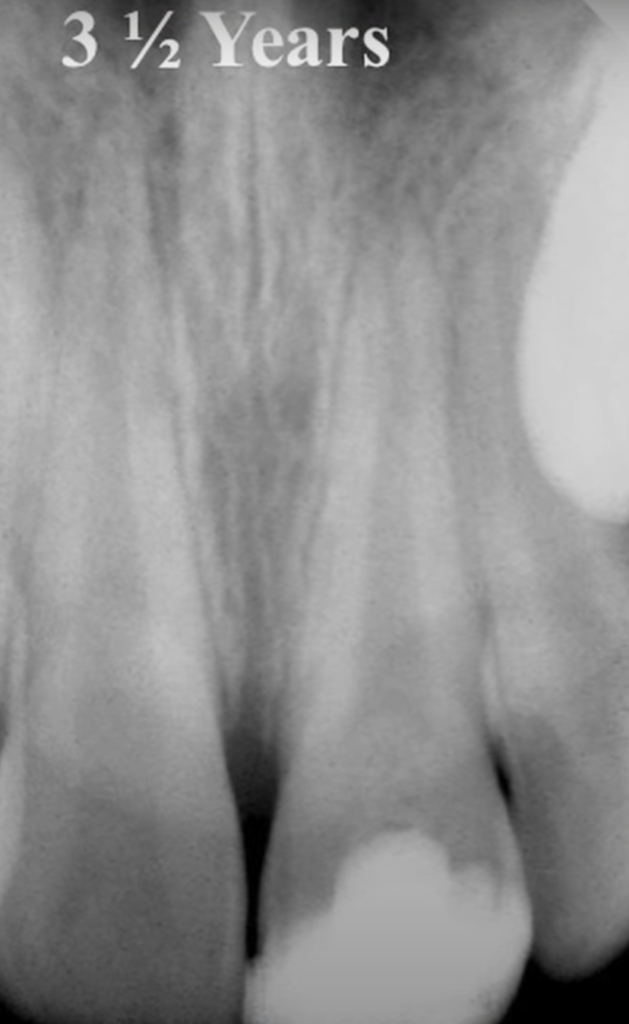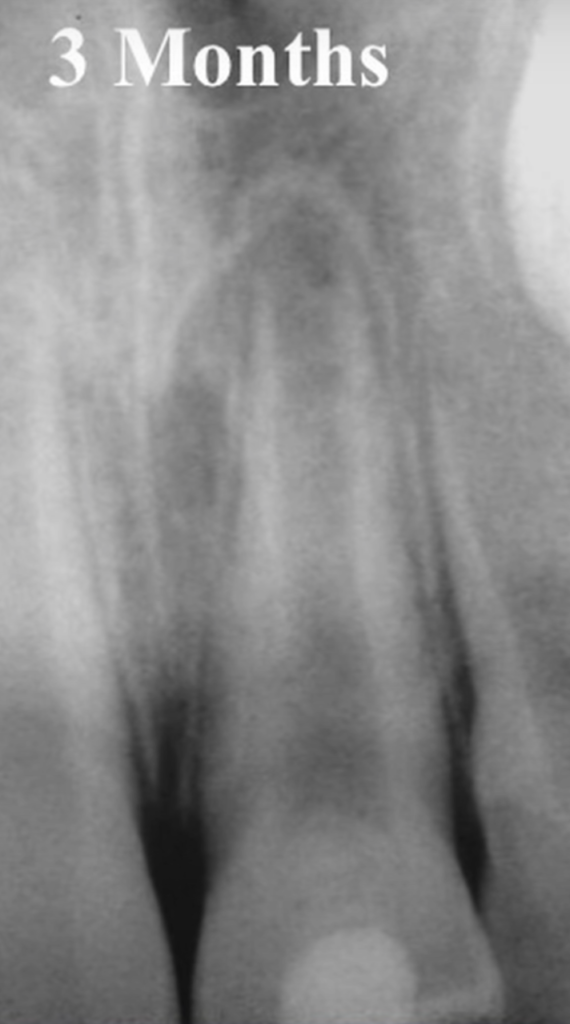Clinical Pediatric Indirect Pulp Capping
As a refresher: Indirect pulp capping is indicated when there’s a deep caries lesion present close to the pulp.
- Normal pulp vitality or when the pulpitis is deemed to be reversible
- The clinician will rule out pulpal and periapical pathology
- Tooth is restorable and good seal can be achieved with final restoration
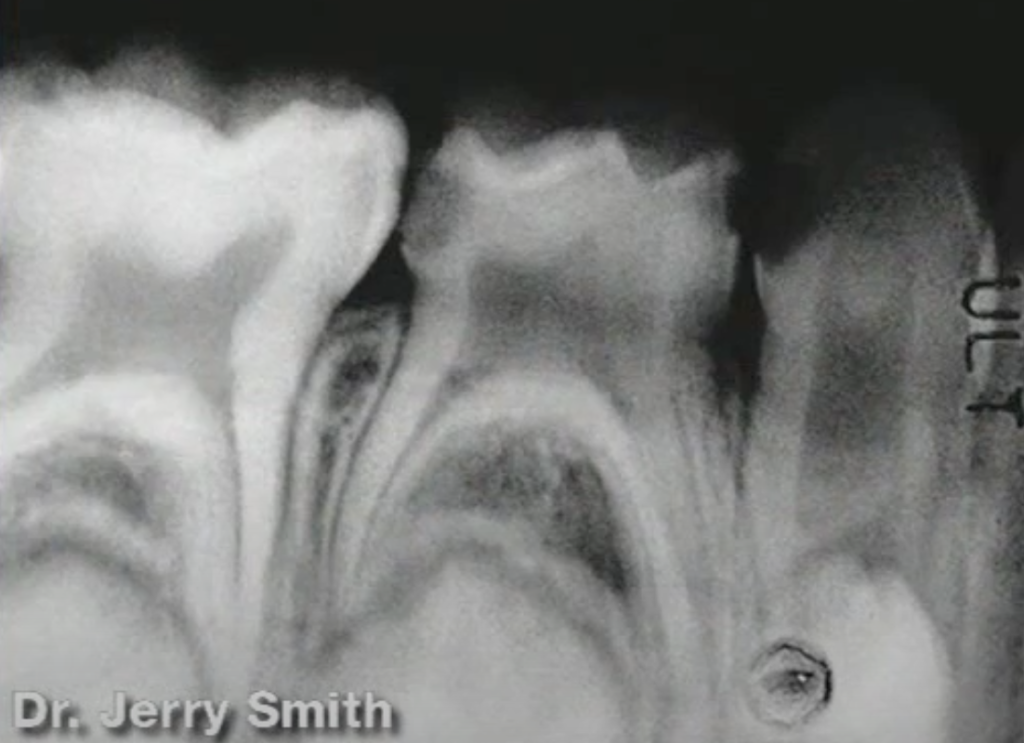
| Treatment Protocol: |
| Caries excavation initiated in order to remove as much carious dentin as possible to reduce bacterial count contributing to the caries. If possible avoid pulp exposure. |
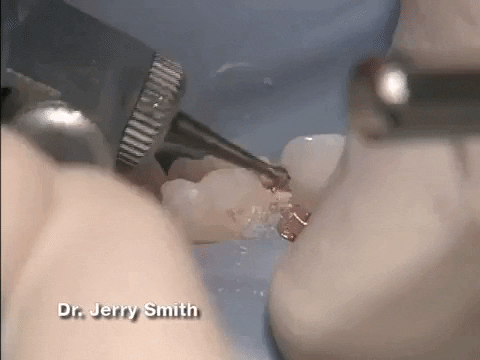
Bioactive material in the form of resin modified glass ionomer, calcium hydroxide, or MTA is placed over the remaining infected dentin. This will help:
- Disinfect
- Remineralize infected and affected dentin
- Form tertiary/reparative dentin
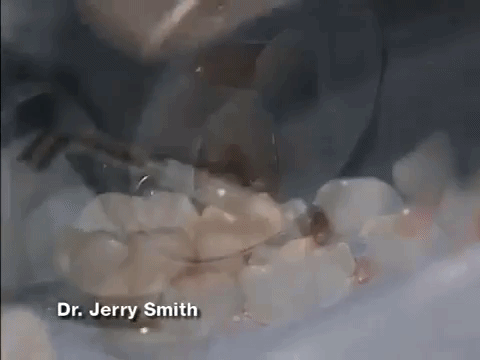
Glass ionomer resin may be placed over the MTA/CaOH prior to placement of final restoration (1 step), or placement of intermediate restoration (2 step).

The success of this treatment depends on good restorative seal. A successful treatment will result in maintenance of pulp vitality and avoidance of further pulpal therapy (ie: pulpotomy/pulpectomy). Retaining healthy primary teeth is crucial for proper eruption and alignment of succedaneous teeth.
Direct Pulp Capping Of Permanent Immature Tooth
Case Presentation:
- A young permanent tooth with a traumatic exposure of left central incisor
- Reversible pulpitis with open periapex, no PAP noted.
Treatment:
- The inflamed pulp tissue excavated to a depth of 1-3 mm, in order to reach healthy pulp tissue.
- Pulpal bleeding was controlled with cotton pellet following irrigation with sodium hypochlorite
- The exposure was then covered with MTA.
- A layer of light cured resin-modified glass ionomer placed, followed by a final restoration in obtaining a good final seal.
Post-Op:
- The remaining pulp remained vital upon 3 month recall with no post-op pulpal or pariapical pathology noted.
- Reparative dentin formation with apex closure of the immature root noted on 3.5 year follow up radiograph.
Today’s Morning Huddle video was brought to you by Dr. Jerry Smith. https://www.youtube.com/watch?v=CHYGGRf0bFw



